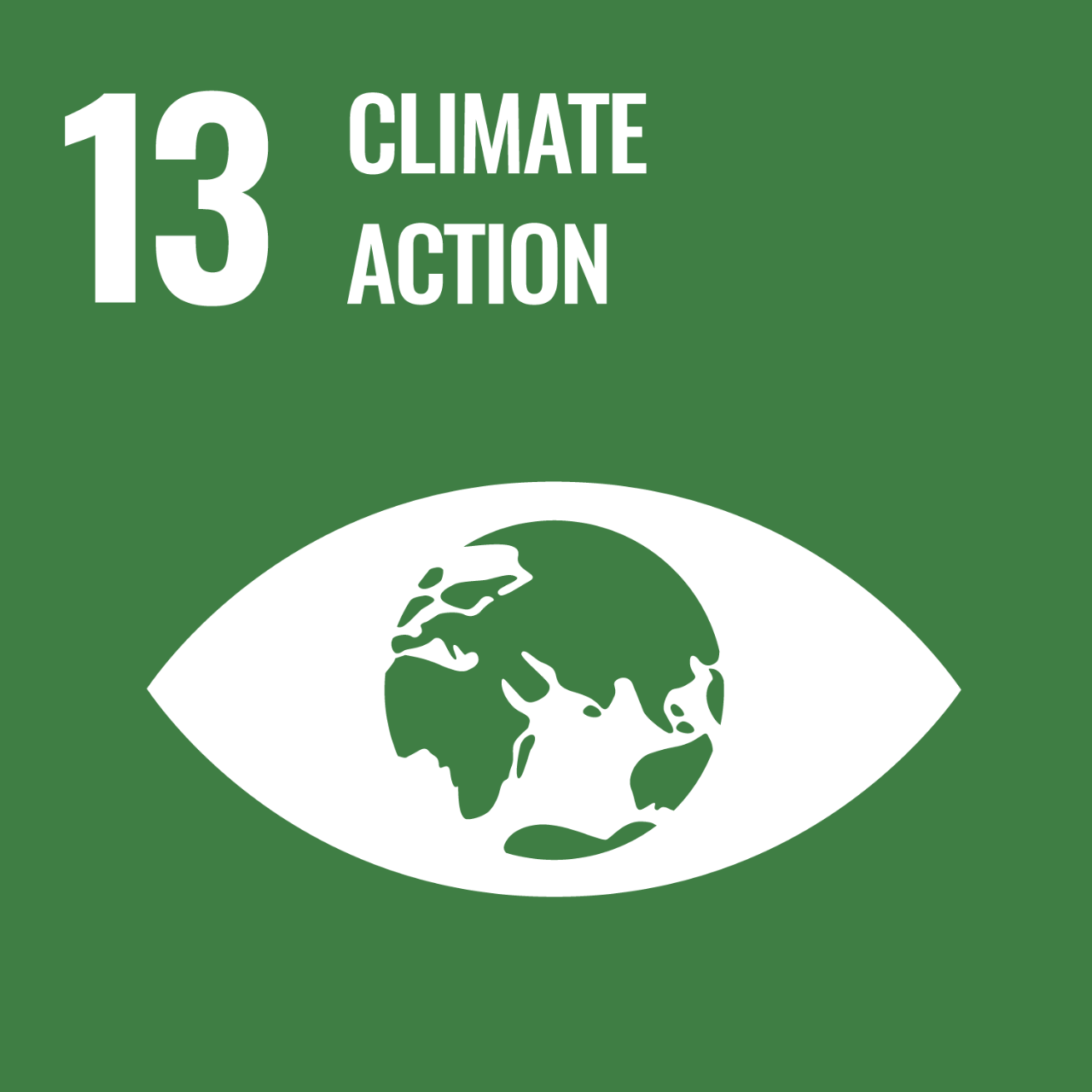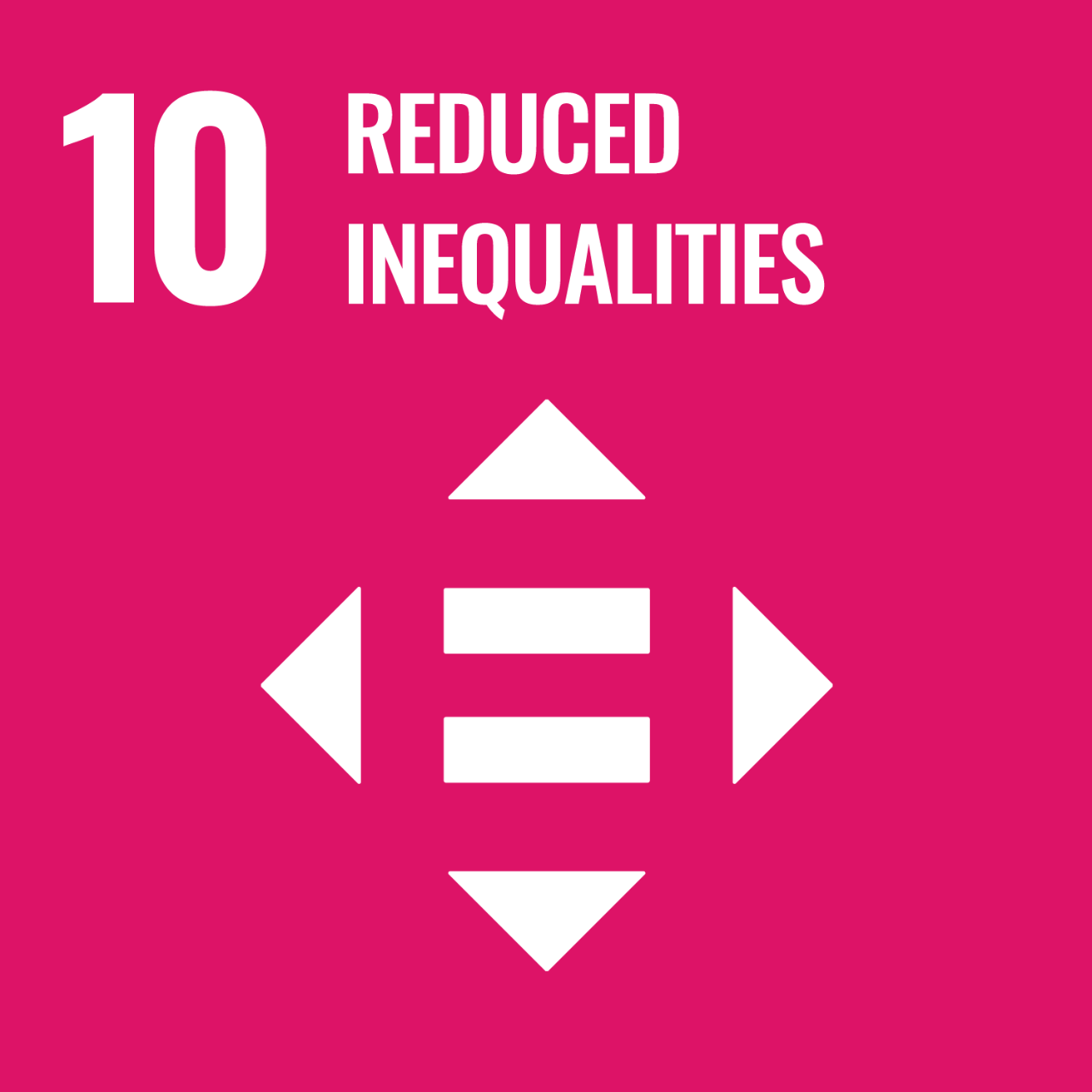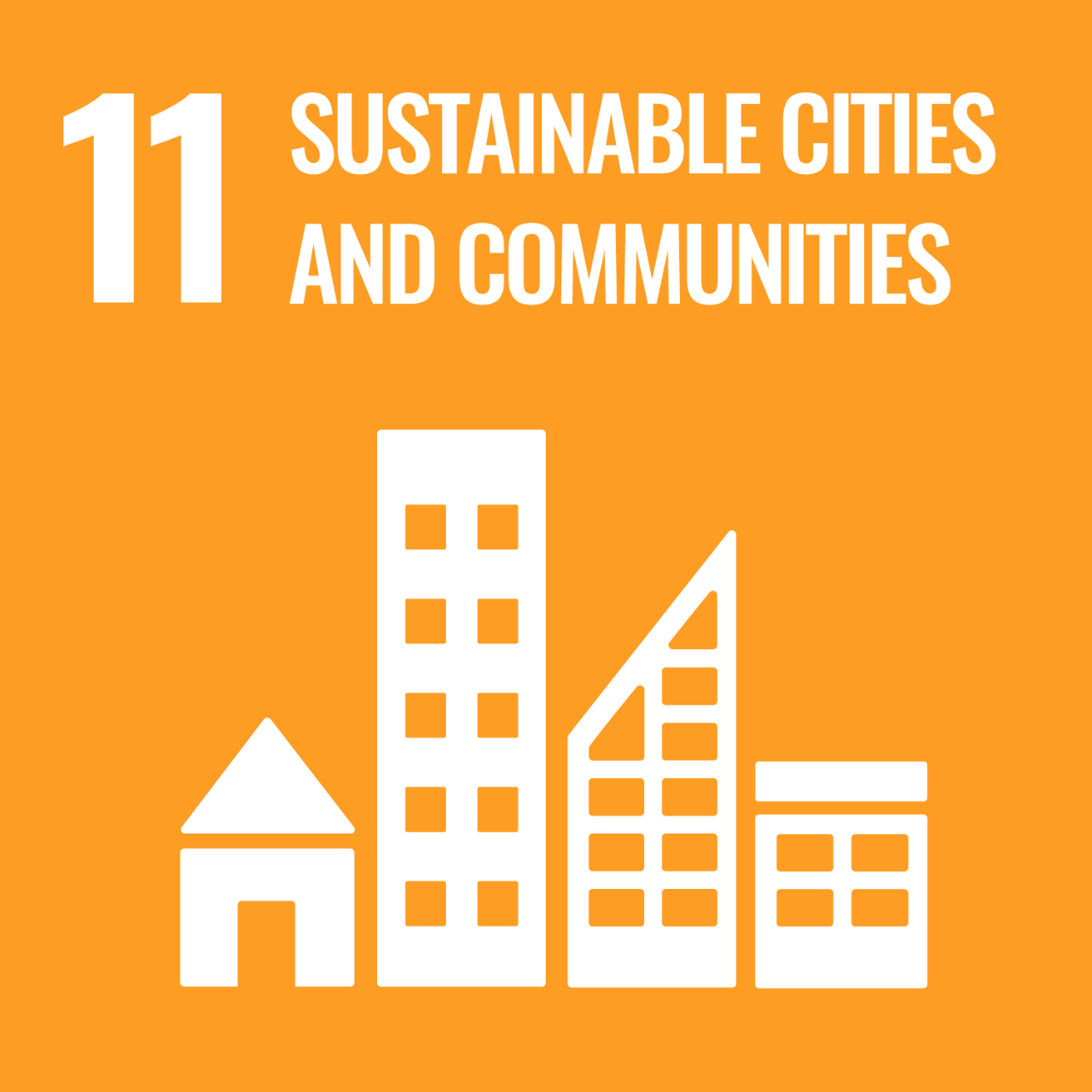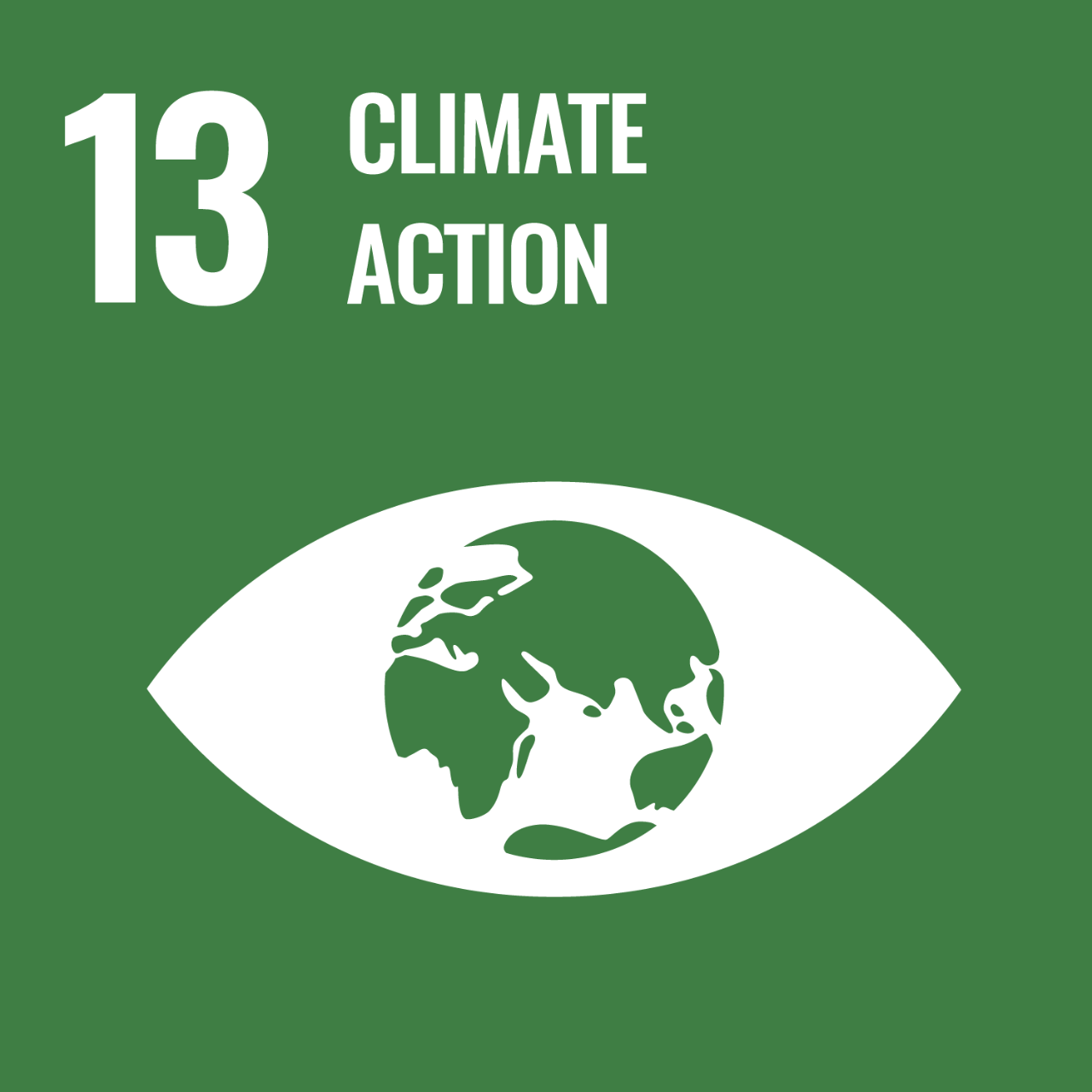Andrew Simpson, CFA Team Lead SVP and Portfolio Manager
Stan Li, CFA, CPA, CGA Director Investment Research
The passing of the Inflation Reduction Act (IRA) is a significant event in contemporary US legislative history because it represents a marked change in the government’s approach to affordable prescription drugs and provides industry the certainty of longer-term incentives to accelerate the global energy transition. While the legislation nominally aims to curb inflation, it will likely be remembered for its notable support for key environmental, social and governance (“ESG”) issues, such as affordable healthcare, climate change mitigation and responsible taxation. The IRA’s allocation of US$369 billion is the biggest federal investment to combat climate change and inequity to date, and should warrant investor attention.
Over a 10-year implementation period, the IRA legislation has objectives to:
The Mackenzie Betterworld investment process assesses a company’s ability to create positive impact through products and services that are more financially inclusive, socially diverse and environmentally sustainable. We reviewed the legislation and identified three areas of the IRA that complement our investment process.

Access to health care
The implementation of IRA health care policies creates positive impact that advances United Nations Sustainable Development Goal (SDG) #3 “Good health and well-being”. We identify positive impact in improving the affordability of prescriptions drugs for many Americans, freeing up their disposable income for other important expenditures. The opportunity for relief is particularly evident during these inflationary times, which often harm the lowest income Americans most.
The White House highlights that Americans pay two- to three-times more for their prescription drugs than people in other wealthy countries.
The Kaiser Family Foundation conducted a July 2022 poll which stated that 43% of respondents had difficulty affording their prescribed medications1 and determined that 1.4 million Medicare recipients had out of pocket expenses which exceeded $2,000 annually. 2 High medication prices contribute to racial and ethnic health inequities.3
The IRA details a phased-in cap for out-ofpocket costs along with the ability for Medicare to negotiate prices for high-cost drugs for the first time ever.
The IRA also addresses the challenge of access to health care of an aging community. The White House states, among adults 65 and older, Black Medicare beneficiaries were 1.5 times more likely than Caucasian beneficiaries to have trouble affording medications and twice as likely to not fill required prescriptions due to prohibitive costs. It is estimated that over half a million more Black Americans will have health insurance coverage next year due to IRA legislation. This could have some implications for the pharmaceutical industry. We also see the potential increase in disposable income being distributed to other areas of the economy over time.
Environmental
justice
The IRA’s environmental justice grant programs address disproportionate environmental and public health harms related to pollution and climate change with $60 billion in environmental justice priorities to drive investments into disadvantaged communities. Initiatives include:
- Affordable transportation access.
- Investments in clean heavy-duty vehicles, like school and transit buses and garbage trucks.
- Grants to fund community led projects.
- Climate resilient affordable housing.
The IRA also intends to reconnect communities divided by existing infrastructure barriers and mitigate the potentially negative impacts of transportation facilities or construction projects on disadvantaged or underserved communities. While the IRA’s focus on Environmental Justice advances UN SDG #13 “Climate Action”, the legislation also offers meaningful support for positive impact on UN SDG #10 “Reducing Inequalities” and UN SDG #11 “Sustainable Cities and Communities”.
Climate action
The IRA’s support for clean energy development and carbon emission reduction is a meaningful step forward in US policy. Forbes estimates that implementation of the IRA could cut US emissions between 37% to 41% by 2030, compared to 2003 levels and puts the US back on course to meet its Paris Climate Agreement goals. The IRA legislation encourages a long-term, stable and attractive environment for development of renewable energy projects by extending investment and production tax credits into the early 2030s, in contrast to previous tax credit initiatives implemented by the US government that were often technology specific, changed frequently with short timelines and last minute extensions, and had complex ownership structure requirements.4
We believe the implementation of the IRA legislation bolsters the outlook for companies participating in the clean technology and renewable energy space by providing certainty of stable longterm incentives that should stimulate increased capital spending on renewable energy projects and related domestic manufacturing. Our assessment of the IRA identifies investment opportunities in industries related to solar and wind power development, the decarbonization of heavy industry with green hydrogen from renewable power and utility scale energy storage.
An example to consider is energy storage deployed at scale which The IRA’s clean hydrogen production tax credit can support a cost competitive solution to support the transition towards net zero emissions for these industries. helps to address the intermittent nature of some renewable energy sources, such as solar and wind. This in turn further reduces both the consumption and reliance on traditional fossil fuel energy, as well as consumers’ exposure to its volatile price swings. For example, the US Department of Energy forecasts electricity prices to increase 6.1% this year, driven by elevated natural gas prices due to the Russian invasion of Ukraine. At the same time, the cost of renewable energy has decreased significantly, with levelized cost of energy for solar and onshore wind declining more than 85% and 60% respectively in the last decade, making renewables the cheapest source of electricity. We believe the established cost competitiveness plus the favourable policy environment will drive accelerated growth in the renewable energy space.
Another attractive climate action component of the IRA is the support to accelerate the commercialization of clean hydrogen as a solution to decarbonize heavy industries like cement, steel and chemicals production, as well as heavyduty transport such as road trucking, container shipping and aviation.
We also expect that the commercialization of green hydrogen — producing hydrogen with electrolyzers powered by renewable electricity — will be a complement to increased demand for solar, wind and hydro power generation.
A stakeholder lens on impact
Stakeholder |
UN SDG supported |
IRA goal |
IRA action |
| Environment | Strengthen climate resilience and protect nearly 2 million acres of national forests. Reduce greenhouse gas emissions by about 1 gigaton in 2030, or a billion metric tons |
Renewable energy incentives Accelerate transition to power more homes, businesses and communities with clean energy by 2030, including:
|
|
| Shareholders | Making the tax code more equitable |
A 15% corporate minimum tax on companies with profits greater than USD 1 billion. A 1% excise tax on stock repurchases by publicly traded companies. The Congressional Budget office estimates that the IRA is expected to generate $124 billion tax revenue over 10 years from wealthy individuals and large corporations. Families earning less than $400,000 will not see increased taxes. |
|
| Community | Support for working families. Investing in vulnerable communities. Improve public health, reduce pollution and revitalize communities that are marginalized, underserved and overburdened by pollution. Increase access to affordable and accessible clean energy.
|
Tax credits increased 10% if the clean energy projects are established in communities where fossil fuels were a significant source of employment to support a just transition. Environmental justice grants will support community-led projects across the country alleviate legacy pollution support access to clean energy opportunities. Advance cost-saving clean energy projects at rural electric cooperatives serving 42 million people. Companies can earn a 20% bonus credit for solar projects on federally subsidized affordable housing projects and a 10% bonus credit for solar projects in low-income. |
|
| Employees |
|
Creating good-paying jobs making Incentives to support employers who use clean energy in America. |
Incentives to support employers who use of prevailing wages and apprenticeships, ensuring that federal tax policy supports good-paying, high-skilled jobs. |
| Suppliers | Prioritizing domestic sourcing |
Support American workers and companies with targeted tax incentives aimed at manufacturing US-sourced products such as batteries, solar and offshore wind components, and technologies for carbon capture systems. For example, clean energy tax credits are increased if the amount of American steel used in wind projects meets the domestic content threshold. |
|
| Customers | Lower energy bills. Expanded and affordable medical care. |
Cuts energy bills by $500 to $1,000 per year Free vaccines (2023), $35/month insulin (2023) and caps out-of-pocket drug costs to an estimated $4,000 or less in 2024, and settling at $2,000 in 2025. 5-7 million Medicare beneficiaries could see their prescription drug costs go down because of the provision allowing Medicare to negotiate prescription drug costs. 3 million more Americans will have health insurance than if the IRA had not been passed. 13 million Americans will continue to save an average of $800 per year on health insurance premiums. |
IRA will drive a better world
Our analysis of the US Inflation Reduction Act highlights that this legislation is the largest federal initiative to combat climate change to date and that should warrant investor attention. We have identified access to health care, environmental justice and climate action as areas of the IRA that may influence consumer behaviour and stimulate capital investment.
- The IRA aims to lower the price of prescription drugs and out of pocket health care expenses which may generate headwinds for pharmaceuticals.
- The IRA’s support for clean energy development and carbon emission reduction may bring the US back on track to meet the Paris Agreement climate goals while also creating investment opportunities in the renewables and clean tech industries.
The Mackenzie Betterworld Team seeks to invest in companies we believe are aligned with a sustainable future. With the IRA, this presents more opportunities to do better. What does the IRA mean for investors? $369 billion to energy and climate changing solutions, supporting businesses with tax credits and incentives for clean technology and renewable energy and focusing on reducing inequalities in underserved communities will make the world a better place.
To find out more about the Mackenzie Betterworld Team and its funds, contact your Mackenzie sales team.
Sources:
1 White House Fact Sheet: President Biden Calls on Congress to Lower Prescription Drug Prices. August 2022.
2 KFF Health Tracking Poll July 2022: Inflation Tops Voters’ Priorities, But Abortion Access Resonates for Key Voting Blocs. August 2022.
3 Explaining the Prescription Drug Provisions in the Inflation Reduction Act. The Kaiser Family Foundation. September 2022.
4 National Academy for State Health Policy: States Curb Racial Inequalities in Rx Drug Affordability with Targeted Legislation. August 2020.
5 White House Fact Sheet: How the Inflation Reduction Act Helps Black Communities – August 2022.
6 White House Fact Sheet: Inflation Reduction Act Advances Environmental Justice. August 2022.
7 “A Turning Point for US Climate Progress: Assessing the Climate and Clean Energy Provisions in the Inflation Reduction Act”. Rhodium Group. August 2022.
Commissions, trailing commissions, management fees and expenses all may be associated with mutual fund investments. Please read the prospectus before investing. Mutual funds are not guaranteed, their values change frequently and past performance may not be repeated. This document may contain forward-looking information which reflect our or third party current expectations or forecasts of future events. Forward-looking information is inherently subject to, among other things, risks, uncertainties and assumptions that could cause actual results to differ materially from those expressed herein. These risks, uncertainties and assumptions include, without limitation, general economic, political and market factors, interest and foreign exchange rates, the volatility of equity and capital markets, business competition, technological change, changes in government regulations, changes in tax laws, unexpected judicial or regulatory proceedings and catastrophic events. Please consider these and other factors carefully and not place undue reliance on forward-looking information. The forward-looking information contained herein is current only as of October 2022. There should be no expectation that such information will in all circumstances be updated, supplemented or revised whether as a result of new information, changing circumstances, future events or otherwise. The content of this quarterly update (including facts, views, opinions, recommendations, descriptions of or references to, products or securities) is not to be used or construed as investment advice, as an offer to sell or the solicitation of an offer to buy, or an endorsement, recommendation or sponsorship of any entity or security cited. Although we endeavour to ensure its accuracy and completeness, we assume no responsibility for any reliance upon it.




